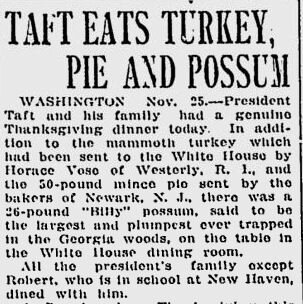Vaucanson set up a business in Lyon where he also dabbled in his hobby: constructing clockwork gadgets and amusements. As a teenager he planned to build a functioning robotic waiter but abandoned this idea, constructing a clockwork drummer instead. He later constructed a mechanical flautist and exhibited it at Versailles and the salons of Paris.
But Vaucanson’s most famous invention was the canard digérateur, or ‘digesting duck’, finished sometime in 1738. The Vaucanson duck was life-sized, made of gilded copper and reportedly contained hundreds of moving parts. It sat atop a large plinth, though like an iceberg, much of the duck’s workings were located in the plinth rather than the duck itself.
The metal quacker performed several animatronic tricks like waddling, flapping its wings, drinking water and making duck noises. But the duck’s pièce de résistance, as explained by Vaucanson himself, was its ability to eat, digest and ‘defecate’:
“The duck stretches out its neck to take corn out of your hand. It swallows it, digests it and discharges it digested by the usual passage. You see all the actions of a duck that swallows greedily and doubles the swiftness in the motion of its neck and throat, to drive the food into its stomach, copied from nature… The matter digested in the stomach is conducted by pipes quite to the anus, where there is a sphincter that lets it out.”
Vaucanson’s claim that the duck digested its food was little more than showmanship: the duck droppings were, in fact, soggy breadcrumbs dyed olive green, stored in a separate container and expelled at the appropriate time. Nevertheless the effect was convincing, and in an age devoid of iPads and Playstations, Vaucanson’s “shitting duck” (as it was dubbed in England) remained enormously popular.
The duck somehow survived its creator’s death and the French Revolution, remaining in private collections and then a museum until it was destroyed by fire in 1879.
Source: M. Vauconson’s letter to the Abbe de Fontaine, 1738. Content on this page is © Alpha History 2019-23. Content may not be republished without our express permission. For more information please refer to our Terms of Use or contact Alpha History.



